What makes Barack Obama tick?
This post was originally created during the time of the 2016 U.S. Presidential Election. As the 2020 U.S. Presidential Election heats up, people again are questioning the candidates’ temperaments to be Commander In Chief. As Obama remains a well-known figure, he is a wonderful case study in personality.
No one kind of temperament is inherently superior to any other, however. Any kind of temperament can lend itself to high public office. The better question is which candidate has the most integrated temperament — the one most internally balanced and healthy — regardless of what kind of temperament it is.
The Enneagram is a highly effective personality typing system. There are nine personality styles. Click here to learn more about the Enneagram generally, and the Living Enneagram approach in particular.
Barack Obama runs the Type 9 – the “Stubborn Peacemaker.”
This post is part of a series:
It may be help to read the first post by way of background. The others posts stand alone.

Type 9 – The Stubborn Peacemaker
Type 9 numbs or goes to sleep to anger energy. Impulses are regarded as disturbances to be managed, soothed, smoothed over, evened-out, and balanced. This gives 9s an air of being easy-going, peaceful, gentle, and accepting; however, 9s stubbornly guard this peaceable, tranquil state. Rather than display anger, 9s tend to engage in passive-aggressive tactics, such as tuning others out or ignoring them, especially if others are regarded by the 9 as conflict-causing.
9s lose touch with their basic goodness. They learned early on not to make a big deal about themselves, to ‘go along to get along.’ 9s unconsciously hope this approach will ensure love, connection, and belonging (9’s greatest longing) and prevent abandonment (9’s greatest fear). In Dreams From My Father, Obama wrote he felt “constant, crippling fear that I didn’t belong somehow, that unless I dodged and hid and pretended to be something I wasn’t I would forever remain an outsider, with the rest of the world, black and white, always standing in judgment.”
The 9 focus of attention is balance, dividing the world into comfortable versus disturbing. 9s naturally track other peoples’ agendas: what others want or need in order to feel happy and at ease. 9s have an uncanny ability to discern, on a gut level, if someone is upset inside or someone is upsetting the surrounding space, even if covertly. 9s can work hard to problem solve others’ issues in order to return tranquility to the space.
To keep their inner space tranquil, 9s use the defense mechanism of narcotization. Narcotization is numbing oneself to avoid life’s challenges. On a subtle level, it manifests as dampening affect and sensitivity. On a practical level, it can manifest as spacing out or mindless, repetitive activity, such as playing video games all day. It can also show up as substance use. As Elizabeth Wagele pointed out, Obama said he smoked marijuana to “flatten out the landscape of my heart, blur the edges of my memory.”
Anger in its raw form is vital energy. Some 9s dampen anger energy (vitality) through dispersing it in novelties and inessentials or automatizing life in routines. Other 9s dampen energy by union with day-dreams or divine states, or by vicariously living through their loved ones. 9s also might dampen energy, somewhat ironically, through actively participating in groups. This latter category — the social 9 subtype — enables the 9 to feel the belonging that eludes them by working hard for a group and its acceptance, often at the expense of forgetting their own will, preferences, and calling. (Ginger Lapid-Bogda concluded Obama is a social 9 subtype.)
At higher levels of integration, 9s are self-remembering, self-moving, steady visionaries who make an impact and get results. When average functioning, 9s strive for peace through acquiescing and accommodating. They use tactics such as blending in with others’ agendas and frittering away energy in side-projects. They sometimes feel the only to achieve peace is through total abdication of their will. When very low functioning, 9s can descend into forgetful, disoriented, shattered, empty shells — lost and ineffectual.
When integrated, 9s provide a powerfully healing presence, putting others sufficiently at ease to allow them bring forward their best selves. 9s recover the alertness and willingness to engage deep self-inquiry of Type 6 and shine into the magnetic charisma and optimistic accomplishing of Type 3. Famous 9s include: Ronald Reagan, Laura Bush, Abe Lincoln, and Whoopie Goldberg.
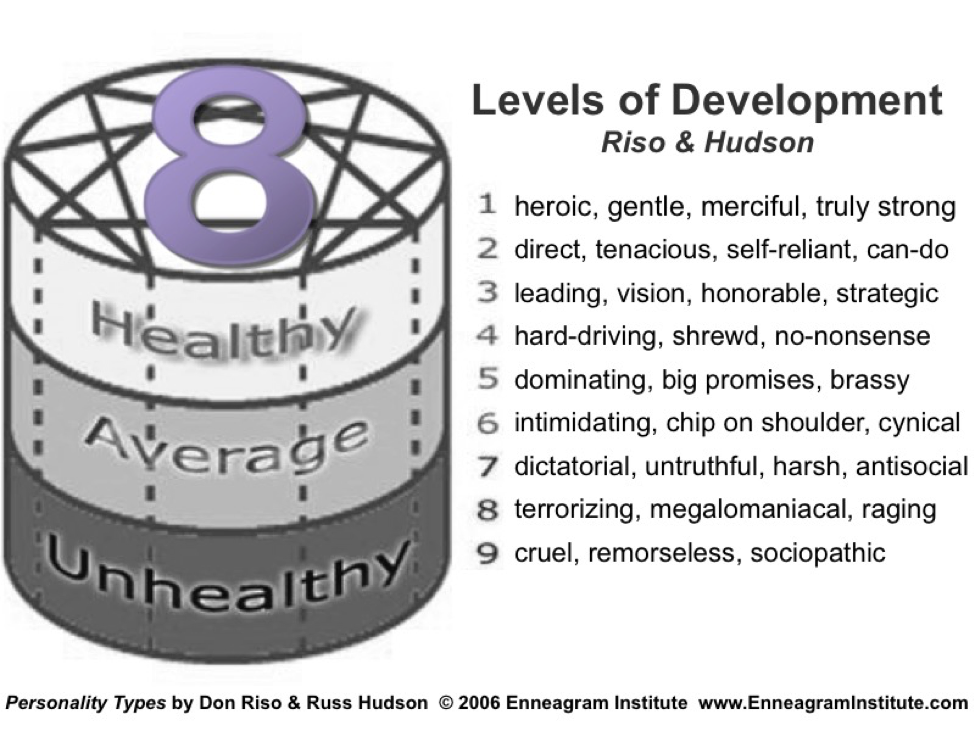
Type 9 Patterns & Barack Obama
9s can struggle with decision-making and decisive action. Decisions are troubling for 9s because they tend to stir up disturbances and conflict. When average or low functioning, 9s stubbornly avoid making decisions and passive-aggressively resist any pressure to decide through non-responsive behavior. Even being asked to make simple choices — where to go to dinner — can feel like so much energetic disruption that 9s have trouble even accessing their true preferences. 9s can get irritated or angry at the mere fact of having to decide.
Obama is well-aware of the taxing nature of decision-making. He intentionally cuts down on the number of decisions he makes in a single day. A Slate article quotes him saying, perhaps to himself, “You need to focus your decision-making energy. You need to routinize yourself. You can’t be going through the day distracted by trivia.” Indeed, distraction by trivia is a common 9 trap, used to avoid decisions and essential duties.
Decision-making can also be challenging because of the 9’s penchant for seeing all points of view. 9s naturally — and literally — feel into others’ perspectives. This gifts the 9 with remarkable empathy and mediation skills; and it burdens the 9 with circular thought patterns and endless rumination, especially under stress.
Setting aside evaluation of policy wisdom, it is noteworthy that delay was commonly associated with many of Obama’s decisions and policies: the Keystone XL pipeline (after a long delay, he eventually blocked it); executive order on immigration (he eventually took executive action, which was blocked by an evenly divided Supreme Court); implementation of provisions of the Affordable Care Act; release of a Gitmo closure plan; pulling out of Afghanistan; and decision on Iran ballistic missile program sanctions, to name a few.
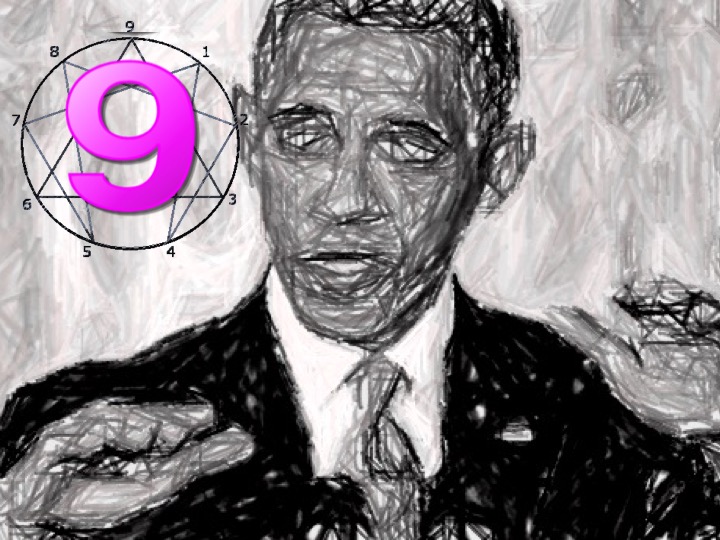
Critics cite Obama’s indecisiveness as contributing to stunted effectiveness. Some progressives say Obama did not go far enough in ushering in needed economic reform, especially during the 2008 crisis. In The Atlantic, Peter Beinart writes: “Given the militant opposition Obama faced from Republicans in Congress, it’s unclear whether he could have used the financial crisis to dramatically curtail Wall Street’s power. What is clear is that he did not.” Meanwhile, POLITICO Magazine argues Obama got more done than people realize, notwithstanding complaints of “ineffectual half-measures.” For example, Forbes declared Obama’s decisiveness in saving the U.S. auto industry a success.
Obama’s Syria Problem
Note: this post was originally published in 2016.
Centrists and hawks raise similar concerns about Obama going far enough in the foreign policy arena. For example, in 2014, there was clamoring for Obama to make decisions about the growing threat of ISIS in Iraq. Obama addressed the nation in September 2014; but hawkish politicians continued to criticize his decision-making process and, in their view, his underwhelming action plan, particularly with respect to ISIS in Syria.
Indeed, what to do about the Syrian civil war has been a conundrum. [NB: This post was originally created in 2016.] In his sweeping piece in The Atlantic, “The Obama Doctrine,” Jeffrey Goldberg reported:
That moment, when he decided not to take unilateral action [in Syria], to throw it to Congress and sort of put a pause on everything, that was his — that was a very proud moment for him. . . . He believed that, if he had gone into Syria in 2013, the whole of his second term would have been eaten up, consumed by the Syrian civil war. And he looked at the situation in Iraq with George W. Bush as kind of a proof of that.
Notably, in her campaign, Clinton signaled she would reset policy on Syria — not surprising given her prior differences with Obama.
From December 16, 2016 Washington Post article by Leon Wieseltier:
[I]t is a shameful and incontrovertible fact of our history that during the past eight years the values of rescue, assistance, protection, humanitarianism and democracy have been demoted in our foreign policy and in many instances banished altogether. The ruins of the finest traditions of American internationalism, of American leadership in a darkening world, may be found in the ruins of Aleppo. Our ostentatious passivity is a primary cause of that darkening.
Regardless of political calculus, ideological and policy preferences, or the wisdom of Obama’s decisions, it appears much of Obama’s substantive approach happens to align exactly with Type 9 propensities: decision-making delay, cautious action (or inaction), and conflict-avoidance.
Notably, Obama grew more decisively active in his last two years in office. For better or worse, he used more executive action.
Obama’s Muted Anger
Type 9 habitually dampens all sensitivity in order to ignore, fog over or rise above energetic disturbances (aka “conflict”) within the self or in the environment. 9s anesthetize intensity of all kinds — both pleasure and pain — in order to enjoy the pleasure of a kind of sleepiness. This can take the form of literal sleep; but, often, it is experienced as being on the same ‘wave length’ of other people or the energy in the room, even if that wave length appears high energy. In other words, it’s a going to sleep to oneself: appeasing others and riding the common energy at the price of experiencing their full, personal vitality.
Dampened sensitivity allows the 9 to cocoon in a comfortable, conflict-free space. Sometimes that space is a ‘happy place’ in the 9’s mind; sometimes it is physical. In a New York Times Magazine article, “The Obamas’ Marriage,” Jodi Kantor observed, “In many ways, the Obamas have made the White House into a cocoon of sorts, with weekends full of movie-watching [], Scrabble games and children’s talent shows.”
All this dampening and numbing in order to sustain tranquility relates to the Type 9 emotional driver: sloth or laziness. Sloth can manifest physically, but not always; some 9s “sleep” by being workaholics. More deeply, sloth (acedia) is about a resistance to transformation, a resistance to waking up spiritually.
In 2011, ABC News asked Obama: What’s the trait you most deplore in yourself, and the trait you most deplore in others? His reply:
Laziness. Nothing frustrates me more than when people aren’t doing their jobs. The thing actually that I most dislike is cruelty. I can’t stand cruel people. And if I see people doing something mean to somebody else, just to make themselves feel important it really gets me mad. But, with myself, since I tend not to be a mean person, you know, if I get lazy, then I get mad at myself.
In true 9 fashion, which emphasizes connecting people, Obama also said about his idea of perfect happiness:
When I feel as if the people closest to me are happy and healthy and I’m connected with them, and when I feel as if I’m doing things that are making other people better and happy, then I feel real good. That’s when I’m at my peak.

Obama’s Heart-Filled Passion For Gun Reform

Obama Windsurfing in Retirement
The journey for the Type 9 is from sloth to right action — decisively coming forward and living out one’s calling. Right action releases any overfunctioning with respect to making others happy and uses that freed-up energy to, in Joseph Campbell’s words, “follow your bliss.”
As with many 9s, Obama’s partner may have helped him keep reaching, moving, and acting. In her piece on the Obamas’ marriage, Kantor also reports:
Michelle, who was often wary of her husband’s ambitions, may have also pushed him ahead with her high expectations of what he could achieve. “Forward propulsion” is the quality Maya Soetoro says her sister-in-law brought to Barack’s career.
Like a healthy Type 3, an integrated 9 takes responsibility and moves the world with the passion of their heart. It will be interesting to see what Obama does with his energy after retiring from the White House.
* * * * * * * * *
Click here to learn more about the Living Enneagram approach of relating the nine personality types to the nine universal stages of transformation.
* * * * * * * * *
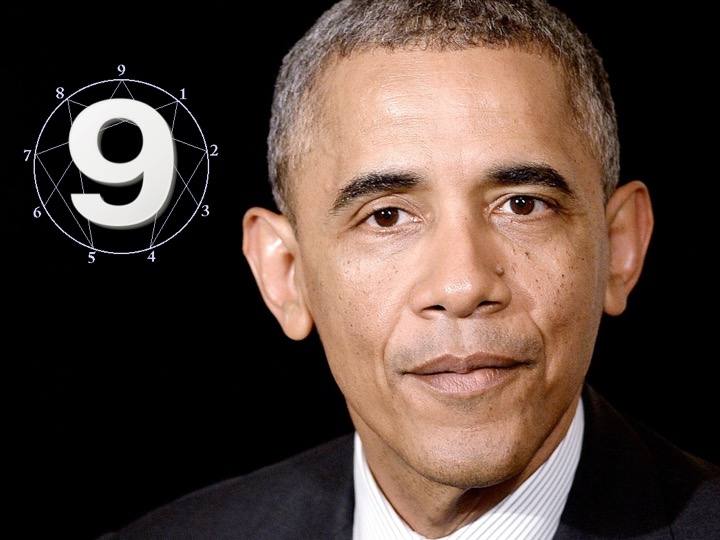
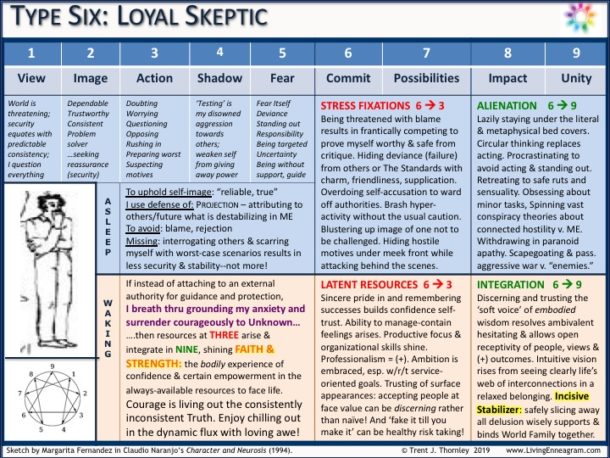

Recent Comments